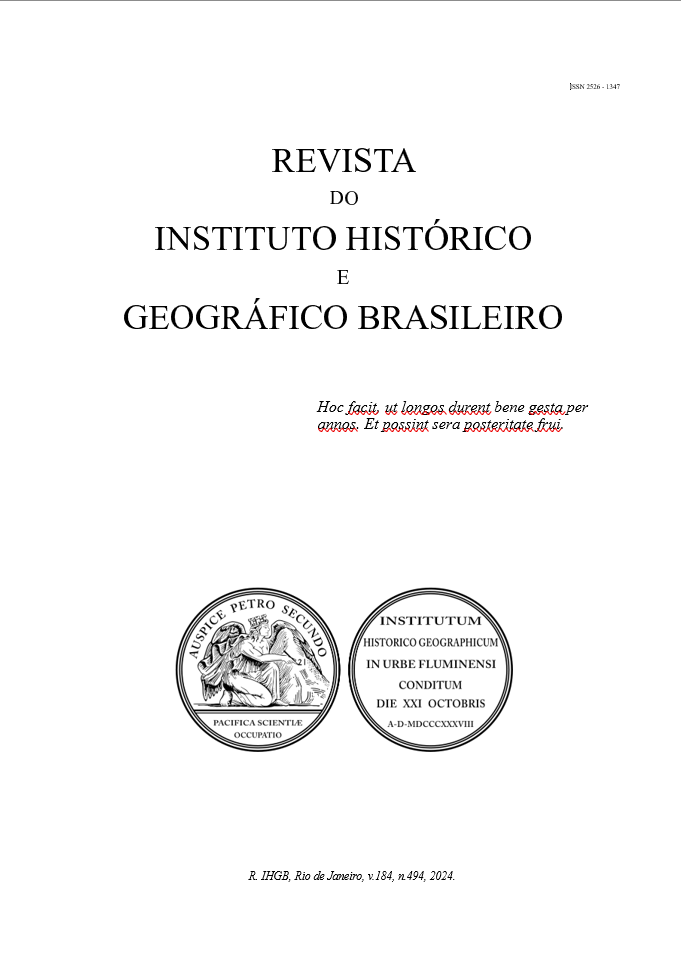The use of mallow in Brazil
from peak to decline
DOI:
https://doi.org/10.23927/revihgb.v.184.n.494.2024.90Keywords:
Agriculture, Jute, Mallow, AmazonAbstract
The article delves into the historical trajectory of mallow (Urena lobata L.) utilization in Brazil, a plant indigenous to the national flora and a perfect analogue to jute (Corchorus olitorius L. and Corchorus capsularis L.), an exotic plant. The objective of the article is to generate insights into the process of mallow utilization aimed at fiber production for the crafting of sacks used in packaging agricultural products, as well as for other weaving purposes. To achieve this, we analyze the historical context in which the first attempts at mallow cultivation in Brazil occurred, spanning from the late 19th century to the early decades of the 20th century. Additionally, we examine the current cultivation context of this plant, particularly in the Amazon. In this region, there is primarily the collection and/or cultivation of mallow for seed production in the northeastern region of Pará, while in the neighboring state of Amazonas, cultivation is aimed at fiber production. The methodology employed was documentary research, conducted in the archives of significant agricultural research institutions in the country. The relevance of the topic lies in the fact that mallow has practically replaced jute in the Amazon, not due to disparities in the production process or the efficacy and quality of its fibers, but rather because of the abandonment of jute-related research in the region and the availability of seeds. This oversight has led to a scarcity in production and seed supply, causing riverside communities to now predominantly cultivate mallow.
Downloads
Downloads
Published
Issue
Section
License
Copyright (c) 2024 Revista do Instituto Histórico e Geográfico Brasileiro

This work is licensed under a Creative Commons Attribution-NonCommercial-NoDerivatives 4.0 International License.
Os textos da Revista do IHGB são publicados sob uma licença Creative Commons BY-NC-ND, ou seja, é permitindo o acesso gratuito e imediato ao trabalho e permitindo ao usuário a ler, baixar, distribuir, imprimir, buscar, ou criar links para o texto completo dos artigos (acesso aberto). Reusos dos textos, como citações ou republicações devem mencionar a autoria dos mesmos, mencionar que a publicação foi realizada na Revista do IHGB e não podem ser utilizados com fins comerciais e/ou sofrerem adaptações sem expressa autorização do Editor-chefe da Revista do IHGB e/ou a Diretoria do IHGB.



